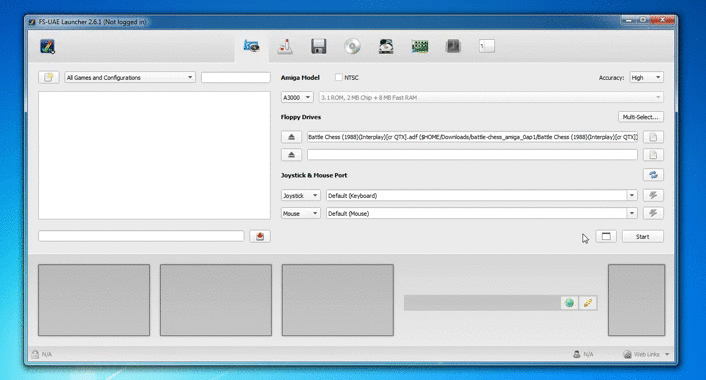


In your ADF Mobile application development and deployment, you can use either the Android device itself (see Section 3.5.2, "How to Set Up an Android-Powered Device") or its emulator. If you select Android from the list of supported platforms, specify the Android SDK location on your computer, the local directory of your target Android platform, and provide information on the signing credentials (see Figure 3-6). Select Platforms from the tree to open the ADF Mobile: Platforms page that contains the path and configuration parameters for the supported platforms, as Figure 3-6 and Figure 3-7 show.Įach platform-specific page hosts the preferences for the platform SDK (Android or iOS), collecting any necessary information such as the path that ADF Mobile needs to compile and deploy either Android or iOS projects:

The ADF Mobile page that opens is populated with default form factor settings. In the Preferences dialog that Figure 3-5 shows, select ADF Mobile from the tree. Select Tools > Preferences from JDeveloper's main menu to open Preferences. To configure your development environment for the target platforms: To start developing for one of the platforms supported by ADF Mobile, you need to provide JDeveloper with such information as the name of the platform and directories on your development computer that are to house the platform-specific tools and data. This value must be either one of 1.0, 2.0, or 3.0.ģ.3.1.2 Configuring the Environment for Target Platforms This value must be a positive integer, and its input is validated. The default value is Portrait and it is prepopulated during creation of the new form factor. Select this setting from the drop-down list of values. Platform: the platform of the mobile device.ĭefault Orientation: the default device orientation used in the ADF Mobile AMX page Preview tab. Name: a meaningful string that is used to identify the form factor. To create a new form factor, click New, and then set the following: This preference page allows you to create and manage a set of named form factors that combine a screen resolution size and platform. The ADF Mobile page is populated with default settings. In the Preferences dialog that Figure 3-5 shows, select ADF Mobile from the tree on the left. Open Preferences by selecting Tools > Preferences from the main menu in JDeveloper.
Emulator for mac adf install#
You can also see multiple form factors applied to the same page using the split screen view.įor more information, see Section 5.12.1, "About the adfmf-config.xml File."ĭownload and install JDeveloper and the ADF Mobile extension, as described in Section 3.3, "Setting Up JDeveloper." You can select or switch between various form factors to see how an ADF Mobile AMX page is rendered in various form factors. Each form factor is identified by a name that you specify for it and contains information on the specified resolution denoted by pixel width and pixel height.įorm factors defined in preferences are used in the ADF Mobile AMX page Preview tab (see Section 6.3.2.2, "Using the Preview"). For more information, see Section 5.10, "Defining the Content Types for an Application Feature."ģ.3.1.1 Configuring the Environment for Form FactorsĪ form factor is a specific device configuration. You do not need to install any additional tools for creating specific types of ADF Mobile application content (HTML, remote URL,or ADF Mobile AMX).
Emulator for mac adf for android#
Oracle JDeveloper (see Section 3.3, "Setting Up JDeveloper")įor more information, see Section 3.5, "Setting Up Development Tools for Android Platform." If Android is your target platform, the following is required:Ī computer running one of the following operating systems:Īndroid SDK with Platform 2.3 or later and its tools (see Section 3.5.1, "How to Install the Android SDK") IOS SDK (see Section 3.4.2, "How to Install iOS SDK")įor more information, see Section 3.4, "Setting Up Development Tools for iOS Platform." Xcode (see Section 3.4.1, "How to Install Xcode") Oracle JDeveloper extension for ADF Mobile (see Section 3.3, "Setting Up JDeveloper") Oracle JDeveloper (see Section 3.3, "Setting Up JDeveloper"). 3.2.1 What You Need to Create an Applicationīefore you start creating an ADF Mobile application for iOS, ensure that you have the following available:


 0 kommentar(er)
0 kommentar(er)
